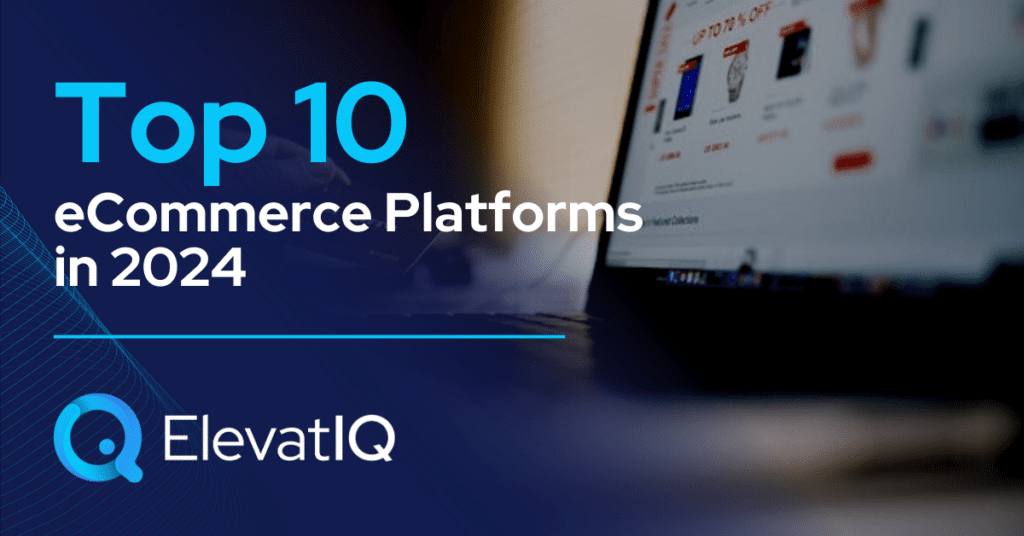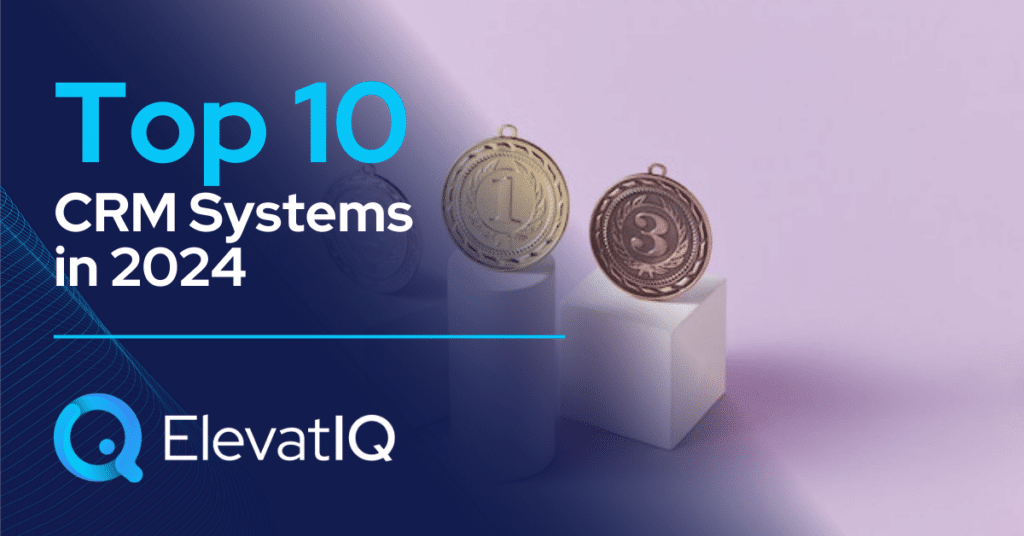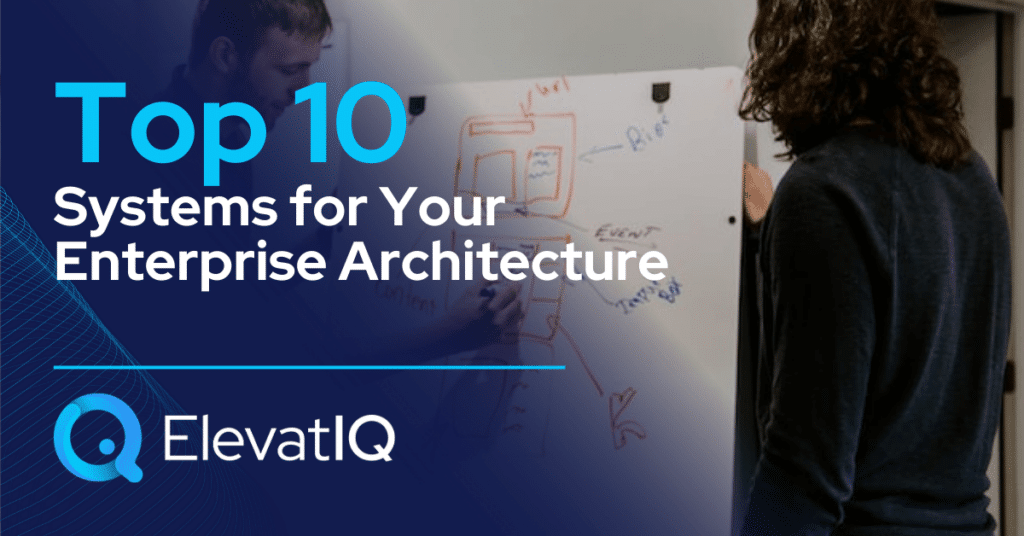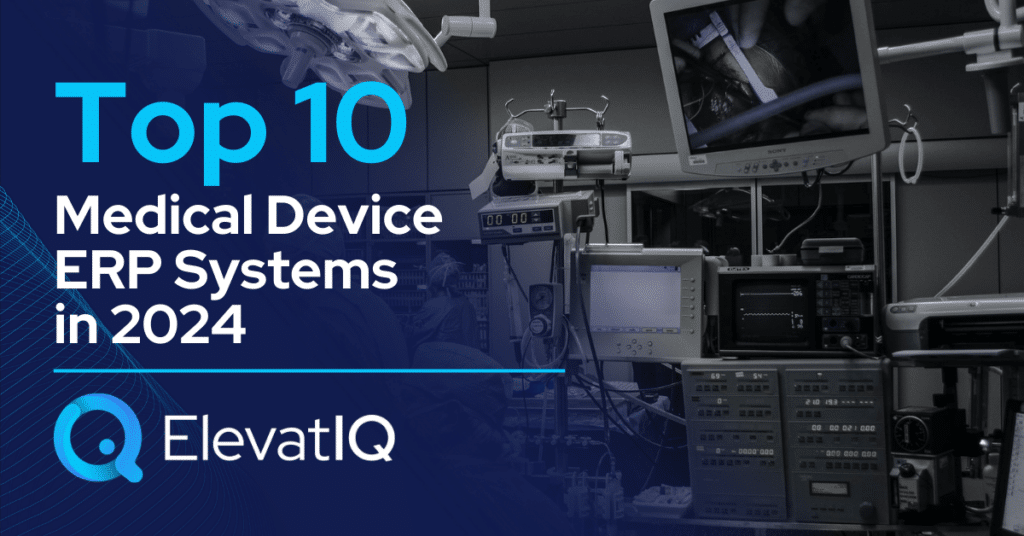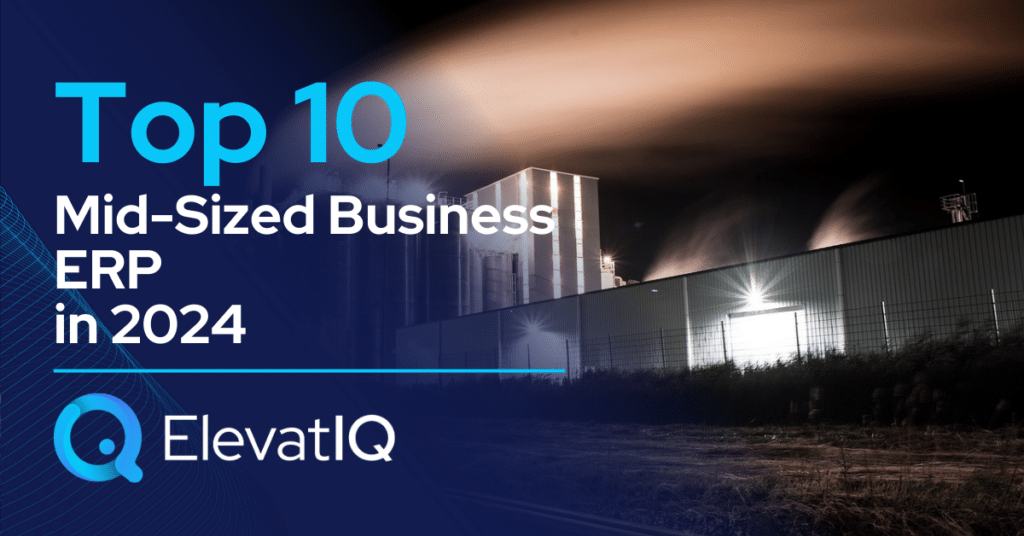Top 10 Recommendations for Digital Transformation
Who would not like to find the “secret” recommendations for digital transformation? Unfortunately, with enterprise-wide transformation projects, there is no checklist that can be followed. These projects require careful preparation and alignment of several areas. And they all, collectively, drive the success of your digital transformation projects. Also, with enterprise transformation projects, technology alone can’t …
Top 10 Recommendations for Digital Transformation Read More »




